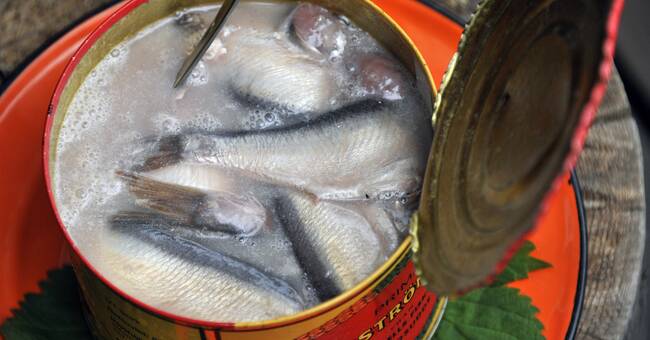-I do not have this gene myself and have never managed the smell of fermented fish.
My grandmother was always so angry with me because I did not want to eat it, says Kári Stefánsson, founder of Decode genetics who has done the study and is published in Current Biology.
Kári Stefánsson and his research group let 11,000 Icelanders smell six different scented pencils with scents of banana, lemon, cinnamon, peppermint, licorice and a scent reminiscent of carcasses and fermented fish, such as sour herring.
Then the test subjects had to say on a scale of one to seven how strong the scent would be, if it was pleasant and what the smell was.
Smelled caramel
The result surprised the researchers.
It turned out that some people could not smell yeast fish.
They also had a hard time describing the smell and thought it smelled like caramel or potatoes.
Kári Stefánsson and his colleagues were able to show that they had a gene variant of TAAR5.
- This study shows the strong link that we actually have with our genetics and the smells you like and are good at recognizing, says Johan Lundström, odor researcher at Karolinska Institutet.
When the researchers looked in gene databases, it turned out that 4.4 percent of the Icelandic population carries this mutated gene and that 3.4 percent of the Swedish population also.
In southern Europe, the figure was much lower at 1.6 percent of the population and 1.4 percent of Africa's population.
Licorice gene
The researchers also found another special gene variant, OR6C70, which makes the wearer feel the smell of licorice more intensely than others.
It is a gene variant that is very common in East Asia.

